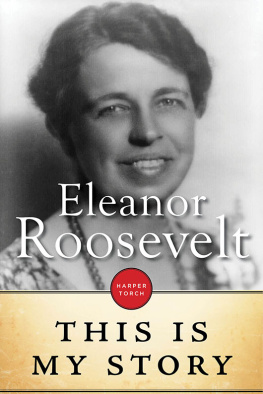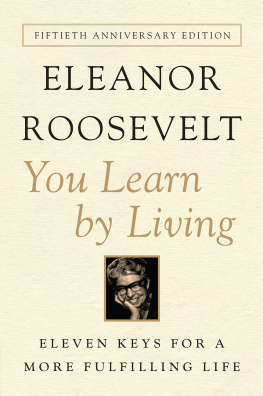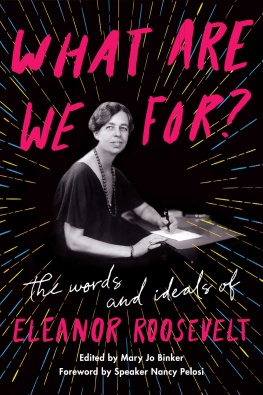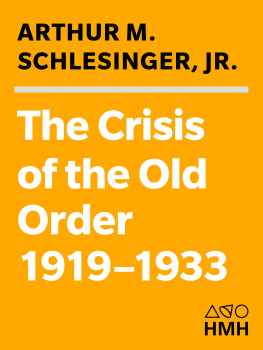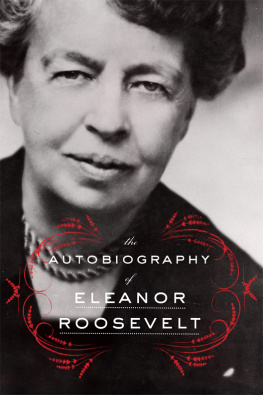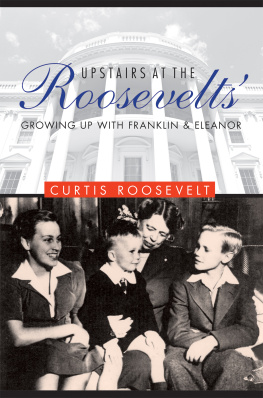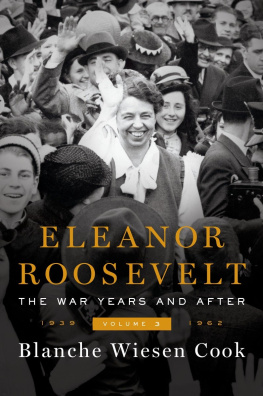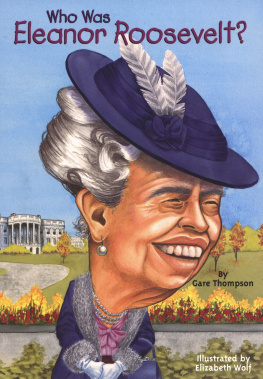

This edition is published by PICKLE PARTNERS PUBLISHINGwww.picklepartnerspublishing.com
To join our mailing list for new titles or for issues with our books picklepublishing@gmail.com
Or on Facebook
Text originally published in 1958 under the same title.
Pickle Partners Publishing 2015, all rights reserved. No part of this publication may be reproduced, stored in a retrieval system or transmitted by any means, electrical, mechanical or otherwise without the written permission of the copyright holder.
Publishers Note
Although in most cases we have retained the Authors original spelling and grammar to authentically reproduce the work of the Author and the original intent of such material, some additional notes and clarifications have been added for the modern readers benefit.
We have also made every effort to include all maps and illustrations of the original edition the limitations of formatting do not allow of including larger maps, we will upload as many of these maps as possible.
ON MY OWN
BY
ELEANOR ROOSEVELT
TABLE OF CONTENTS
Contents
DEDICATION
Now that I near the end of my active life, I would like to dedicate this book to all those who have worked with me, one of whom is no longer living, except as she lives in my memory. I am grateful to them and to my children for allowing me to live freely, and to my close friends. I list them here below in the hope that this book will bring them a few interesting hours:
Malvina Thompson
Maureen Corr
Anna Roosevelt Halsted
James Roosevelt
Elliott Roosevelt
Franklin D. Roosevelt, Jr.
John A. Roosevelt
David and Edna Gurewitsch
Joe and Trude Lash
ILLUSTRATIONS
- Eleanor Roosevelt
- At the unveiling of the British memorial to Franklin D. Roosevelt in London
- Christmas dinner at Hyde Park
- Queen Elizabeth at Hyde Park
- Haile Selassie watching television with Mrs. Roosevelt
- Mrs. Roosevelt with Pandit Nehru
- Eleanor Roosevelt and John Foster Dulles at the UN
- Andrei Vishinsky congratulates Mrs. Roosevelt on her seventieth birthday
- A press conference in Tokyo after Mrs. Roosevelts arrival there
- Mrs. Roosevelt at the border between Hong Kong and China
- Queen Frederica of Greece with Mrs. Roosevelt in New York
- Mrs. Roosevelt talking with Adlai Stevenson
- With Tito on his yacht
- Mrs. Roosevelt in Bali
- A typical scene in Bali
- Visiting a day nursery in Tashkent
- Workers packing cotton on a collective farm
- Mrs. Roosevelt with a Mohammedan mufti in Tashkent
- Standing in line to visit the mausoleum where Lenin and Stalin lie in state
- Mrs. Roosevelt in the Moscow subway
- Khrushchev being interviewed by Mrs. Roosevelt
- Eleanor Roosevelt in Moscows Red Square
- Showing some schoolchildren Franklin D. Roosevelts bedroom
- Mrs. Roosevelt at Hyde Park in May, 1958
IAN END AND A BEGINNING
I rode down in the old cage-like White House elevator that April morning of 1945 with a feeling of melancholy and, I suppose, something of uncertainty because I was saying good-by to an unforgettable era and I really had given very little thought to the fact that from this day forward I would be on my own.
I realized that in the future there would be many important changes in my way of living but I had long since realized that life is made up of a series of adjustments. If you have been married for forty years and if your husband has been President of the United States for a dozen years, you have made personal readjustments many times, some superficial, some fundamental. My husband and I had come through the years with an acceptance of each others faults and foibles, a deep understanding, warm affection and agreement on essential values. We depended on each other. Because Franklin could not walk, I was accustomed to doing things that most wives would expect their husbands to do; the planning of the routine of living centered around his needs and he was so busy that I was obliged to meet the childrens needs as well.
Some of these things were in my mind as I said my farewells to the staff that Head Usher Howell G. Crim had gathered in the diplomatic reception room and in the hall near the front door of the old mansion. Then, going out past the big columns of the White House to the waiting automobile, I had to face the future as countless other women have faced it without their husbands. I realized that no more children would be living at home. In the last years in Washington we had my daughter, Anna, her husband and their youngest boy with us. But now the readjustment to being alone, without someone else as the center of life and with no children about, would be difficult. Having Miss Malvina Thompson with me made it easier at first, for Tommy, as she was called in the family, had long been my secretary and she made coming home to wherever it might be worthwhile. But there was a big vacuum which nothing, not even the passage of years, would fill.
I had few definite plans but I knew there were certain things I did not want to do. I did not want to run an elaborate household again. I did not want to cease trying to be useful in some way. I did not want to feel oldand I seldom have. In the years since 1945 I have known the various phases of loneliness that are bound to occur when people no longer have a busy family life. But, without particularly planning it, I have made the necessary adjustments to a different way of living, and I have enjoyed almost every minute of it and almost everything about it.
It was not always easy. At first there was seemingly a greater readjustment to be made in my outer way of life than in my inner life. Ever since my husband had become President in 1933, I had lived in the White House, which meant a public existence. In earlier days he had held various public positions such as state senator and Assistant Secretary of the Navy but somehow our public and private lives had meshed more easily. Then came the years of his disabling illness. Later, beginning with the governorship of New York, we were back in public life on a changed basis. There was less of a family private life. Franklin was very busy and there was at all times a public life that had to be planned and arranged with care.
As I look back now, I think these latter-day readjustments in life have been made easier for me by the fact that I had become used to changes ever since Franklins illness. He had to rely on many people to keep his own life going the way he wished and to take care of his daily needs. He had to have a good man to help him get ready for the day and to get ready for bed at night. He had to have secretariesMargaret LeHand and Grace Tully and others; above everyone else Louis Howe filled a very particular niche. Louis developed a personal interest in his hobbies, his stamps, naval prints, ship models, books and letters. Louis could go to auctions for him and pick up unexpected treasures, for he was as good a bargainer as Franklin himself had been. (I, on the other hand, never was any good at dickering, and Franklin used to discourage me from accompanying him to auctions, saying that I always gave in too quickly.) Sometime after Louiss death, when Harry Hopkinss second wife died, he and his little girl came to live with us and, in many ways, he filled the gap left by Louiss death. Harry and Diana (and after he had married again his wife Louise) meant much joy in Franklins life. Many of my old friends also visited us, such as Nancy Cook and Marion Dickerman, and my younger friends, as well as the children, were in and out a good deal.
Next page

